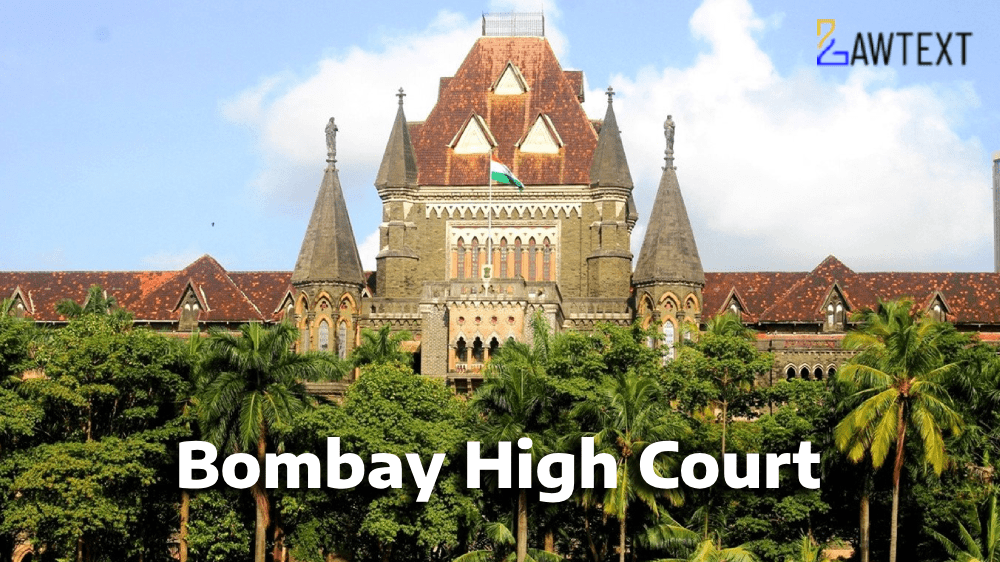CASE NOTE & SUMMARY
The Bombay High Court, Nagpur Bench, dismissed the appeal filed by the plaintiffs, confirming that the first appellate court correctly reversed the trial court's decision. The Court found that the evidence and conduct over several years supported the defendants' claim of partition in the Hindu joint family property. The plaintiffs' appeal was dismissed based on the doctrine of estoppel and the validity of unregistered documents as evidence for collateral purposes.
-
Background of the Case
- Case Details: The appeal was filed against a judgment by the District Judge, Wardha, concerning ancestral property of the Hindu joint family of the parties involved.
- Parties Involved: Milind S/o Narayanrao Ballal and others as appellants versus Nalini Wd/o Vinayakrao Ballal and others as respondents.
- Property in Dispute: The ancestral property, house No. 414/1 to 414/4 located in Wardha.
-
Plaintiffs' Contentions
- Ancestral Claim: Plaintiffs claimed a half share in the property, asserting it as ancestral property acquired by the joint family in 1908. They demanded partition based on family lineage.
- Dispute Arising in 2004: The plaintiffs issued notices for partition and objected to the sale of the property parts without their consent.
-
Defendants' Stand
- Relinquishment of Share: Defendants argued that the plaintiffs’ predecessors had relinquished their share in 1955 via unregistered documents (Kabuliyats) in favor of Vinayakrao.
- Previous Legal Proceedings: Defendants cited earlier suits from the 1950s, claiming that the family had already acknowledged partition through their conduct and legal documentation.
-
Trial Court’s Decision
- The trial court initially ruled in favor of the plaintiffs, recognizing their claim of joint ownership and granting partition.
-
First Appellate Court’s Reversal
- The appellate court found that the plaintiffs failed to prove the joint status of the family and dismissed their claim based on the Kabuliyats, the absence of registration notwithstanding.
-
Key Issues in the Appeal
- Question of Law: Whether the appellate court was justified in reversing the trial court's judgment.
- Evidence Evaluation: Analysis of the plaintiffs’ failure to object to property transactions and records over decades.
-
High Court’s Ruling
- Doctrine of Estoppel: The court upheld that the plaintiffs, by their predecessors’ conduct and their lack of objection over several years, were estopped from claiming the property.
- Admissibility of Kabuliyats: Even though the documents were unregistered, the court considered them admissible for proving the collateral purpose of partition under Section 49 of the Registration Act.
Acts and Sections Discussed
- Registration Act, 1908 (Section 17 & Section 49): Discusses the necessity of registration for documents pertaining to immovable property and their admissibility for collateral purposes.
- Indian Evidence Act, 1872 (Section 8 & Section 115): Focused on the relevancy of conduct and the application of estoppel by conduct.
Ratio Decidendi
The court ruled that the plaintiffs' inaction and conduct over many years, along with the documentation provided by the defendants (Kabuliyats), established a valid partition of the property. The plaintiffs were estopped from challenging the defendants' ownership claims due to their predecessors' acceptance and acknowledgment of the division.
Subjects:
Family Law, Property Law, Hindu Joint Family, Estoppel
Ancestral Property, Partition, Estoppel by Conduct, Unregistered Documents, Family Settlement
Citation: 2024 LawText (BOM) (7) 220
Case Number: SECOND APPEAL NO. 115 OF 2020
Date of Decision: 2024-07-22
Case Title: Milind S/o Narayanrao Ballal (Mitkari) & Ors. Versus Smt. Nalini Wd/o Vinayakrao Ballal (Mitkari) & Ors.
Before Judge: SANJAY A. DESHMUKH, J.
Advocate(s): Mr. Sachin Deshpande, Advocate for Appellants. Mr. M. R. Joharapurkar, Advocate for Respondent Nos.2 to 11. Mr. A.J. Thakkar, Advocate for Respondent Nos.12 to 14.
Appellant: Milind S/o Narayanrao Ballal (Mitkari) & Ors.
Respondent: Smt. Nalini Wd/o Vinayakrao Ballal (Mitkari) & Ors.

